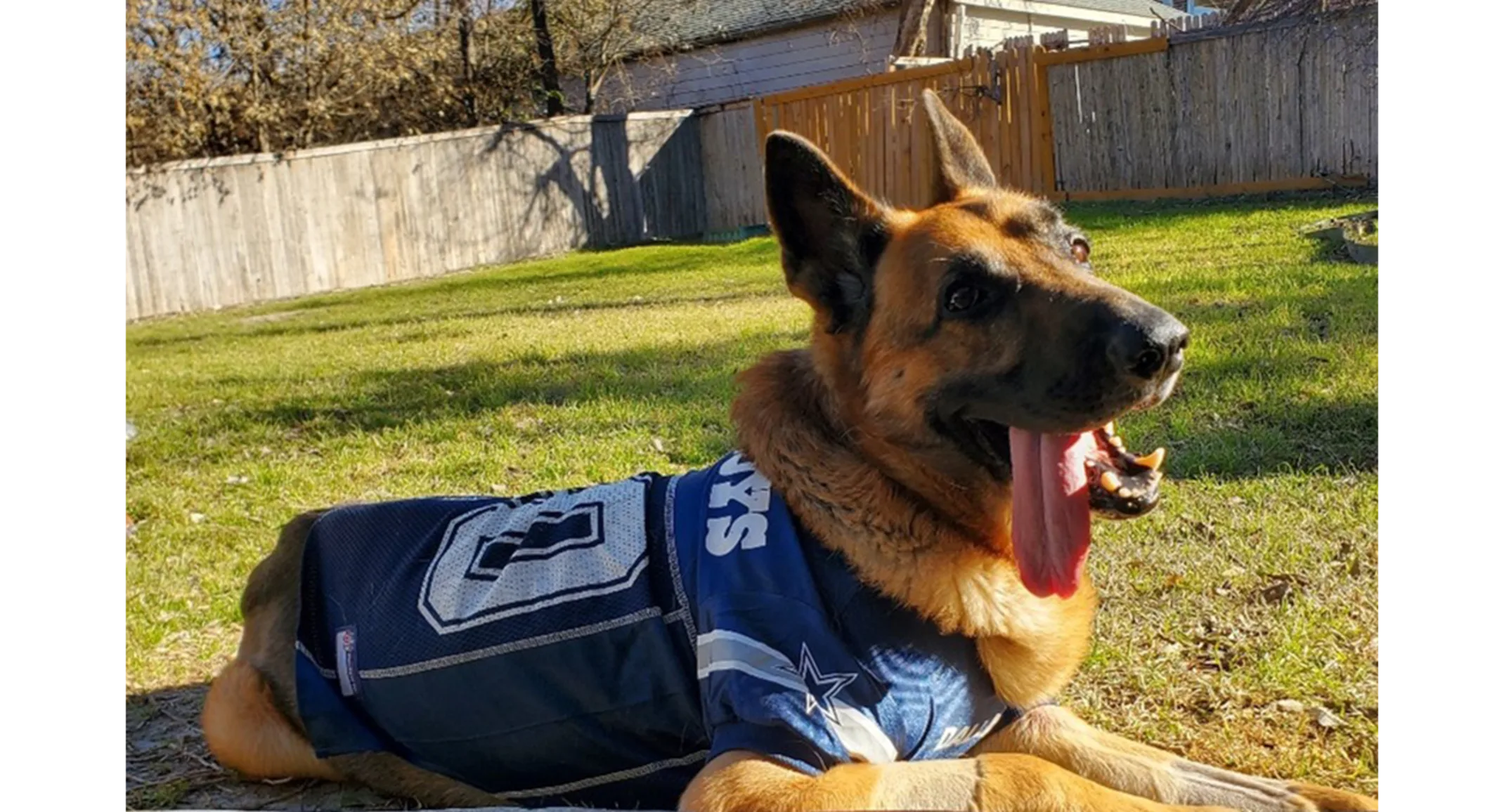Intracranial Aspergillus Granuloma in a German Shepherd Dog Presenting for Seizures
Case Study

This case study presents a 5-year-old, male intact German Shepherd dog presenting with a one-week history of seizures and subsequent non-visual status in the right eye. The neurologic examination revealed tetraparesis, left head turn, absent menace in the right eye, and absent right nasal sensation. Imaging and diagnostic tests confirmed an intracranial Aspergillus granuloma. The patient responded positively to treatment with voriconazole, prednisone, and antiepileptic medications, challenging the previously reported poor prognosis associated with systemic Aspergillus infections.
Introduction:
In dogs, Aspergillus infections typically manifest as sinonasal disease; however, systemic involvement may lead to various clinical presentations, including meningoencephalitis. This case highlights the atypical presentation of intracranial Aspergillus granuloma in a German Shepherd dog.
Case Presentation:
Signalment:
5-year-old male intact German Shepherd dog
History:
Presented with a one-week history of seizures, leading to non-visual status in the right eye
Seizure activity continued despite Keppra ER 27mg/kg q12h
Physical Examination:
No significant findings other than neurologic examination.
Neurological Examination:
Neurologic examination revealed obtundation, non-ambulatory tetraparesis, left head turn, and absent menace and nasal sensation on the right side
Mentation: Obtunded
Gait/Posture: Non-ambulatory tetraparetic; left head turn
Postural reactions: Delayed in left pelvic and thoracic limb, absent in right pelvic and thoracic limb
Spinal reflexes: Normal
Cranial nerves: Absent menace OD, absent right nasal sensation
Paraspinal palpation: No pain elicited
Neuroanatomic Localization: Left prosencephalon (forebrain) with post-ictal effects
Differential Diagnosis:
Infectious meningoencephalitis
Neoplasia
Immune-mediated meningoencephalitis
Diagnostics:
Baseline blood work was within normal limits
Brain MRI revealed a chronic hemorrhagic mass lesion with strong peripheral contrast enhancement in the left caudal cerebrum, along with significant inflammation and edema.
Cerebrospinal fluid analysis showed mild mononuclear pleocytosis and elevated protein[KT1]
Protein: 21.2 mg/dL (RR 0-35 mg/dL)
Nucleated cell count: 11 cells/uL (RR 0-4 cells/uL)
Cytology: mild mononuclear pleocytosis
Positive Aspergillus result in infectious disease testing
Treatment:
Voriconazole 4mg/kg PO q12h
Prednisone 0.8mg/kg/day
Phenobarbital 2.6mg/kg PO q12h
Keppra ER 27mg/kg PO q12h
Assessment:
Diagnosis of Intracranial Aspergillus Granuloma
Prognosis may differ from that previously reported in literature; the prognosis for systemic Aspergillus is typically reported as poor to grave, especially if they show advanced central nervous system signs. However, this case, and others seen with the MissionVet Neurology department, demonstrates a severely affected patient who has improved.
Emphasizes the importance of accurate neurologic history and examination for structural abnormalities. While this patient falls into the age range for idiopathic epilepsy, his lateralized intracranial signs would prompt investigation for a structural abnormality.
Aspergillosis:
Aspergillus infections in dogs most commonly result in sinonasal disease, but systemic aspergillosis may also cause meningoencephalitis, diskospondylitis, osteomyelitis, lymphadenitis, nephritis, and/or splenitis.
Systemic infections are most reported in German Shepherds; thought to be due to a heritable abnormality of their humoral and cellular immune system.
Outcome:
Steady improvement observed; walking independently within 2 days
Patient was tetraparetic with a mild to moderate general proprioceptive ataxia. These gait changes were assumed to be secondary to post-ictal changes, as well as the addition of phenobarbital. He would also circle consistently to the left.
Gait changes attributed to post-ictal effects and phenobarbital
Owner-reported recovery within a few weeks; patient began walking normally, and he would no longer circle. He also became less dull and was acting like his normal self.
Normal neurologic examination, except for an absent menace on the right at 3 months
Monitoring response to voriconazole with repeat Aspergillus galactomannan antigen testing
Conclusion:
This case challenges the traditionally poor prognosis associated with systemic Aspergillus infections in dogs, highlighting the importance of accurate diagnosis and comprehensive treatment. Further research is needed to better understand the variability in clinical outcomes and optimal management strategies for such cases.

